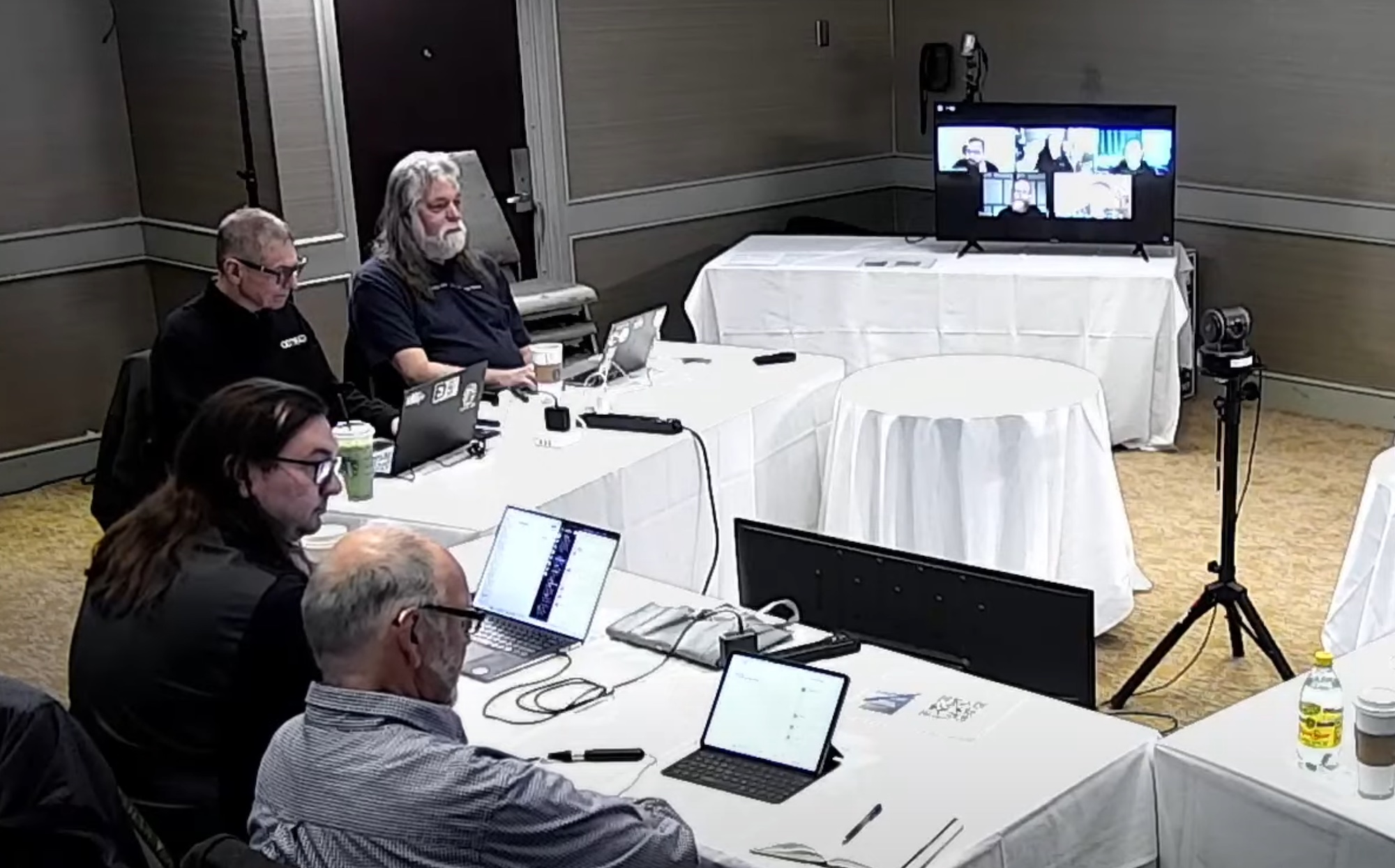Intent-based networking is having its moment in the buzzword sun at this time. Specific implementation aside, the principal makes sense. The design and operation of a network is designed around a specific goal, rather than that goal being a happy accident running across an otherwise intent-agnostic environment. That’s great for networking, but is there room for something like Intent-Based Storage?
Burlywood isn’t calling their TrueFlash product IBS (got to be a better way to say that), but that’s kind of what their doing. Instead of offering workload agnostic storage, Burlywood has something different. They use a programmable controller that’s designed to run company-specific workloads. We’ve seen some storage companies toy with the idea of putting direct compute onto storage to provide some additional efficiency. The problem with these is that the lead time to get those custom chips is quite long, months if not years. Instead, using a Xilinx programmable controller, Burlywood offers a turnkey solution designed for specific applications, and one that can be adapted over time as those change. Initial deployments can be done in a matter of days, although some additional tuning will take place to get everything just right.
This isn’t something that’s going to be applicable to even large enterprises. Instead, Burlywood is envisioning this as a hyperscaler solution. This means they’re targeting a small number of customers, but given that SNIA estimates that half of all bits shipped go to those customers, there’s definitely volume for the business. Given that these customers have highly specialized workflows over massive scale, TrueFlash looks like it would be right at home.
Interestingly, Burlywood isn’t manufacturing any hardware for their unique storage architecture. Instead, they are providing a reference design, and counting on their hyperscaler customers’ economies of scale in procuring flash to keep the overall margin and costs down. The value proposition is that their specialized storage will increase overall storage efficiency, reduce the need to overprovision or build out additional infrastructure. They’re estimating margin cost savings of 20-40% depending on whether companies are using SATA-based or NVMe drives.
Burlywood likes to use the term “software-defined flash” to talk about their product. In a literal sense that’s a fairly accurate description. But given how loosely “software-defined” anything has been used in the data center, I feel like it’s an almost bankrupt moniker. Instead, I think it’s the ability for organizations to optimize their storage around workload intent that really sets Burlywood apart. Given their exclusive customer focus, you may not see this is a data center near you. But for hyperscalers they make an intriguing proposition.




